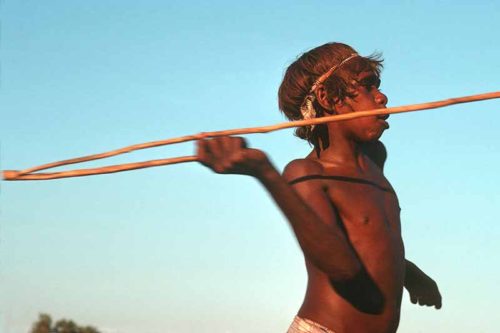
All regular readers of this column will be familiar with four temperaments theory, which is the idea that humans fall into four psychological groups that correspond to the four feminine elements of earth, water, air and fire. As a previous essay discussed, these four elements could be considered to be the four feminine elements of equal value, in contrast to the four masculine elements of varying value. This essay looks at the four temperaments according to the four masculine elements.
The most elementary sort of person is the one that exists in the state of nature. This corresponds to the man of clay. This is how people are when we’re not significantly distinguished from the rest of the animal kingdom – in other words, when we’re just a third chimpanzee.
In esoteric terms, this is a person with no divine inspiration. Such a person will not feel any reason to question the various animal impulses that come through their mind, and consequently they will behave much like an animal. They will be aggressive, vicious, spiteful, brutal, jealous and envious.
Divine inspiration manifests in the man of iron as someone with a concept of discipline. At the most primitive level, this means someone who is able to overcome their fear of physical suffering in order to hold fast and resist an enemy, usually in the form of another man or a predatory animal.
At the most primitive level of humanity, this is how people came to distinguish themselves from the ordinary ape-man, and this is therefore how humanity began to evolve into something higher. Tuning into this frequency of iron meant learning the virtues of bravery and courage which, when applied to death, allow a person to act as something more than just a fear, hunger and sex-based animal.
After a certain critical mass of iron was reached, some of it began, like fusion in the heart of a star, to brighten into silver. This was when people came to learn that intelligent application of discipline was better than discipline for the sake of discipline.
This was also the point at which humans started to use their brains and intellects to secure survival and reproductive advantages. A crucial stage in this process was the invention of the spear. The application of intellect necessary to first realise that a spear is a more effective weapon than a club, and second to improve it by hardening the tip in fire, catapulted humanity forward.
The value of silver is in that it is softer than iron and can therefore be used to direct iron in subtler ways. When humanity started to appreciate this value, then iron was consciously polished into silver for the first time.
This led to a third type of person, one who was neither animal nor knight but somewhere in between. This person carved a niche for themselves out of reality primarily through their minds, i.e. through the application of intelligence. On an alchemical level, this sort of person corresponds to the element of silver.
Music began to develop at this point, as did language more complicated than the growls and hisses that we shared with other mammals like cats and monkeys. Evidently, people decided that they naturally liked that sort of thing because all cultures developed a musical tradition and a tradition of singing.
The real development of silver, however, wasn’t in levity but in lying and cheating and scheming and plotting, either against other people or other animals in hunting or nature itself in agriculture. Silver is not gold, and intelligence is entirely separate from morality.
Most humans don’t develop much past this stage of silver, if they even get that far. But for those who did, the next step was the advent of philosophy, and alongside that came the ritual use of psychoactive drugs.
The first of these drugs to be used ritually was probably psilocybin mushrooms or amanita muscaria, followed by ayahuasca, alcohol and then cannabis. Mushrooms are the obvious choice for ritual use because they require no real preparation (although ought to be dried for reasons of palatability) and because they spring up at at a regular and predictable point in the seasonal cycle.
Once this started to happen, humans started to develop a sense of spirituality. The broader perspectives offered by the altered states of consciousness that were deliberately entered into, often enough for a shaman to learn to navigate in them, allowed for an appreciation of something much greater than oneself, an insight into higher levels of the Great Fractal.
Once insights like this were reached, it became possible for consciousness to affect reality on the level of gold, which is to say, the level of correct conduct.
This led to a fourth sort of person, one who is capable of guiding and influencing all of the other elements despite being soft like the clay. This person was able to lead by example, and therefore did not need to be strong like iron or quick-thinking like silver. This sort of person is rare enough that they are like the gold.
This sort of person took the role of the shaman in ancient society, in that they were a person who experimented with altered states of consciousness for the sake of maximising the breadth of their perspective on reality. This path requires both the courage of iron and the cunning of silver, and in this manner is like a synthesis of the two.
